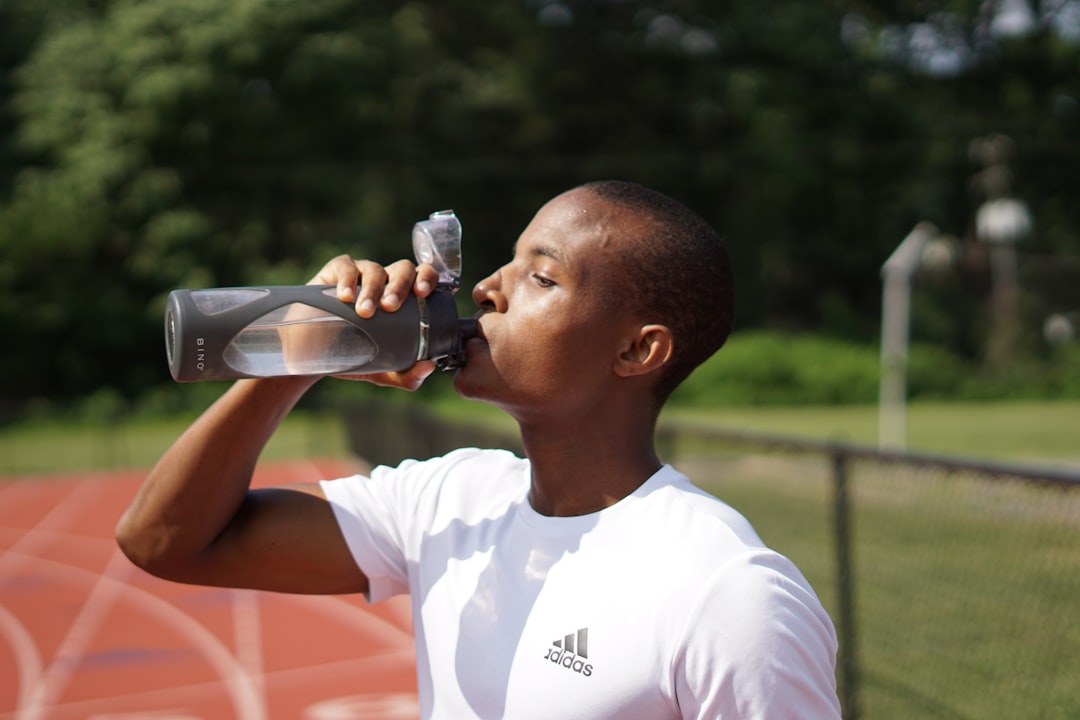Simple Post-Workout Habits to Reduce Lactic Acid and Skip the Soreness
Feeling stiff after a workout isn’t a sign you failed — it’s a signal your body did important work and now needs gentle care. Many people still blame "lactic acid" for the soreness that comes a day or two later, but experts explain that lactate produced during exercise is actually recycled by the body and helps fuel recovery while delayed muscle soreness (DOMS) is mainly linked to microscopic muscle damage and inflammation (Robergs et al.; Mayo Clinic). That distinction matters because the habits that help performance and comfort aren’t magic fixes; they’re simple actions that support blood flow, nutrient delivery, and healthy inflammation control. This expanded article shares the practical, older-adult–friendly habits you can start after workouts to ease fatigue, speed return to daily life, and lower the chance of lingering soreness. Each habit includes a quick science note, clear steps you can try, and safety tweaks for aging bodies. Use these ideas one at a time if needed; small consistent changes matter more than dramatic routines. If you have heart disease, unmanaged high blood pressure, or complex medication lists, check with your clinician before starting new supplements or intense contrast therapies. For most readers, these strategies pair well with regular medical advice and help make staying active both safer and more enjoyable.
1. Cool down with gentle active recovery

A short cool-down helps your circulation clear exercise byproducts and eases the transition from exertion to rest. Light movement at low intensity — like five to ten minutes of easy walking, cycling at a relaxed pace, or stepping in place — keeps blood flowing without stressing tired muscles (ACSM guidance). Start at about 40 to 50 percent of your workout intensity and gradually slow down until breathing is comfortable. For older adults, a steady-paced walk is often the safest choice and can be done next to a sturdy railing or with a walking pole for balance. The goal is gentle motion, not extending the workout; think of it as a soft landing. If you feel dizzy, overly breathless, or have chest discomfort, stop and seek medical guidance. Over time, a cool-down can reduce immediate fatigue and make it easier to move the next day, which supports overall recovery.
2. Hydrate smartly after exercise

Rehydration supports circulation and helps the body move metabolic byproducts away from working muscles. Drink water soon after exercising and consider an electrolyte option if you sweated heavily or trained more than an hour (sports-drink style fluids or oral rehydration solutions can help replace sodium and potassium). A practical rule: sip 8–16 ounces (about one to two cups) within 30 minutes post-exercise, then continue small amounts over the next several hours while monitoring urine color as a hydration marker. Older adults sometimes have blunted thirst signals, so set gentle reminders and avoid waiting until you feel thirsty. If you take medications that affect blood pressure or kidney function, discuss fluid and salt changes with your clinician before changing your routine. Proper hydration makes it easier for the body to shuttle nutrients to muscles, which supports repair and reduces the sluggish feeling after workouts.
